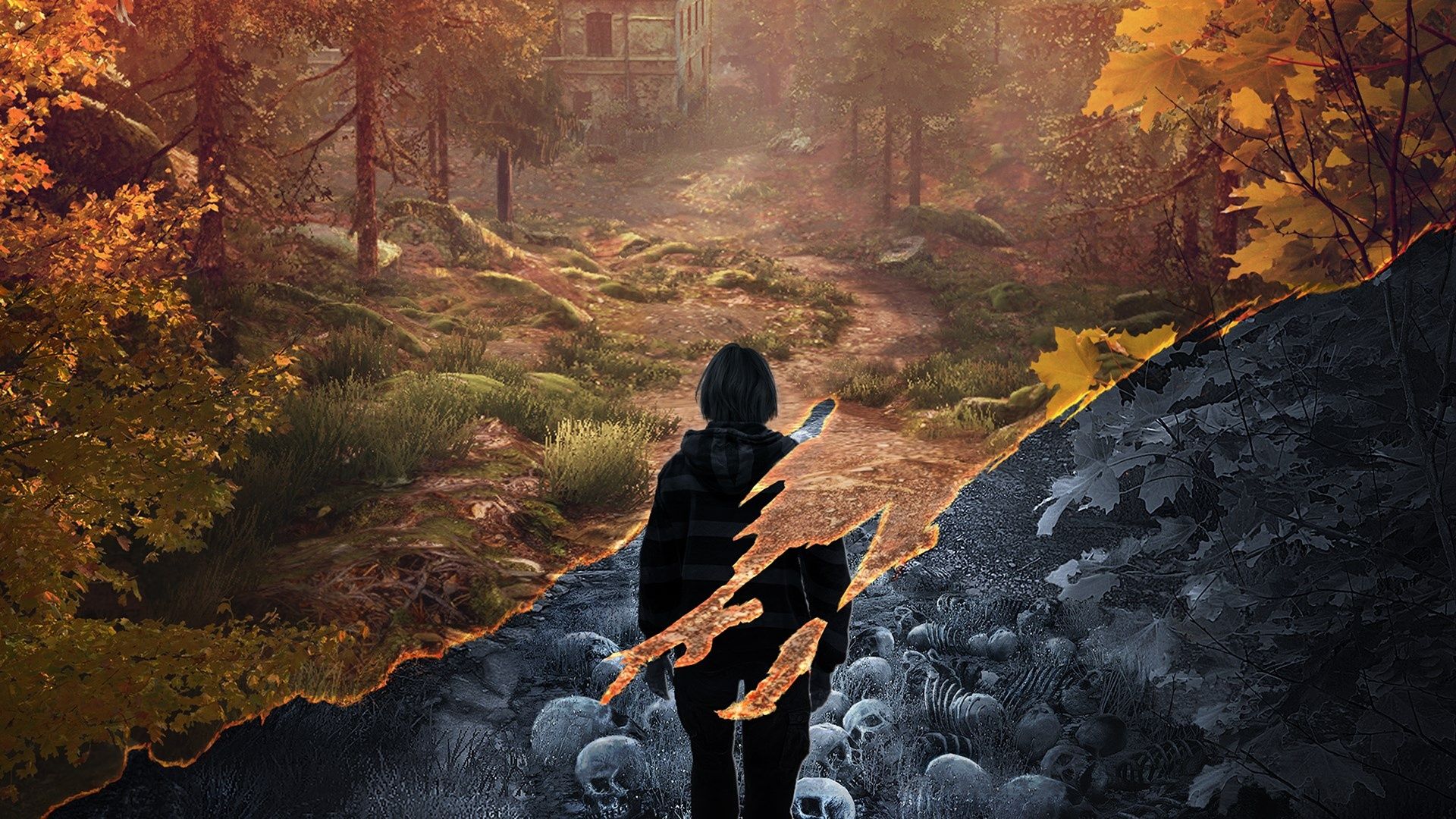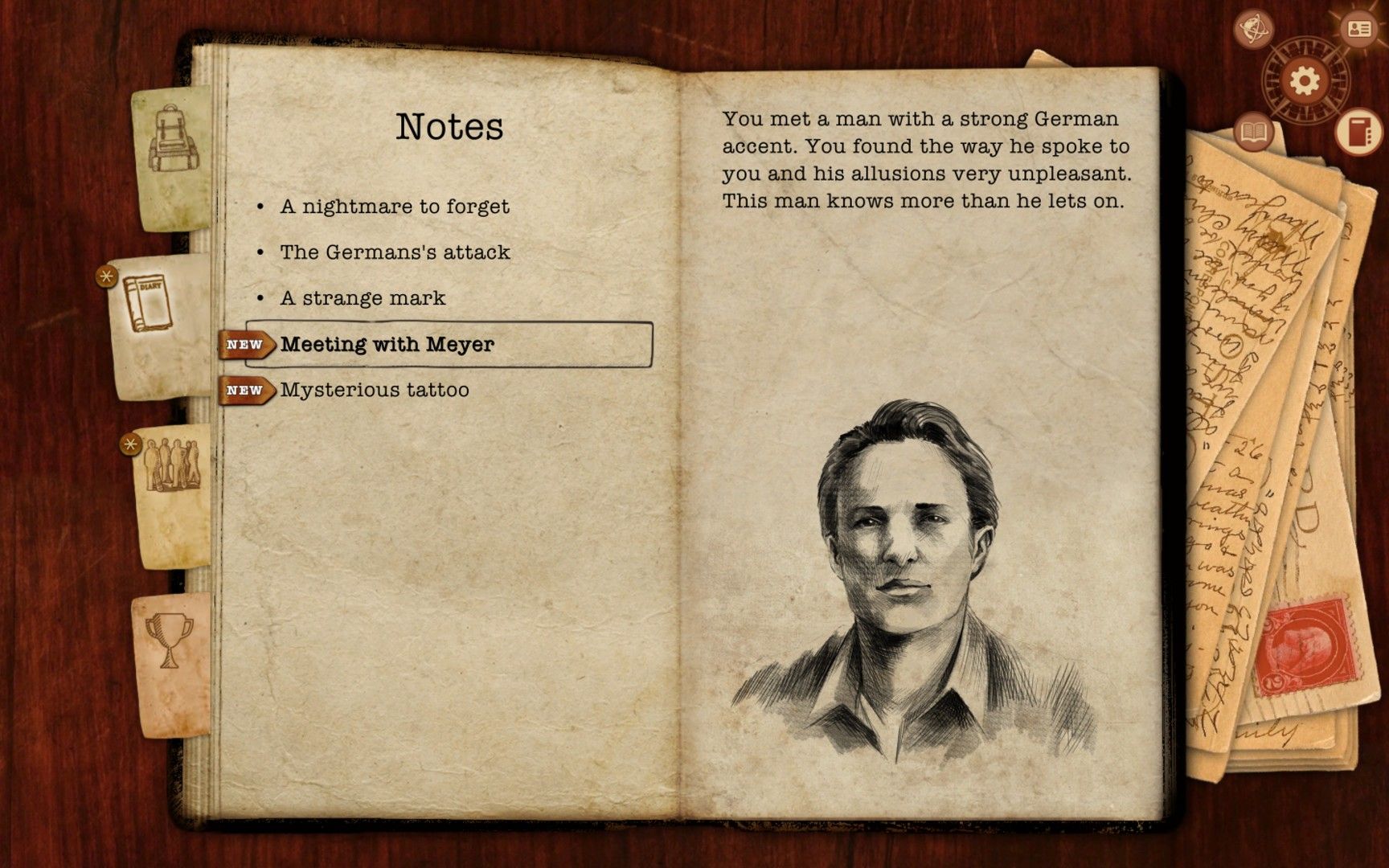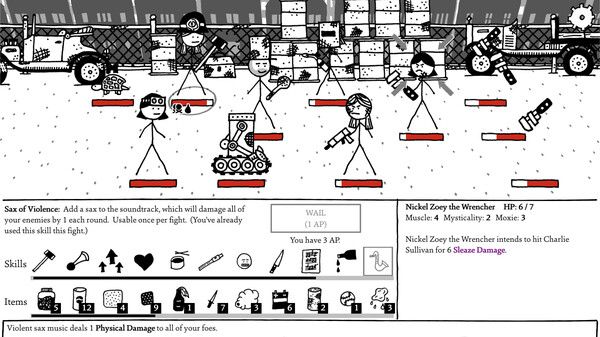A Place for the Unwilling
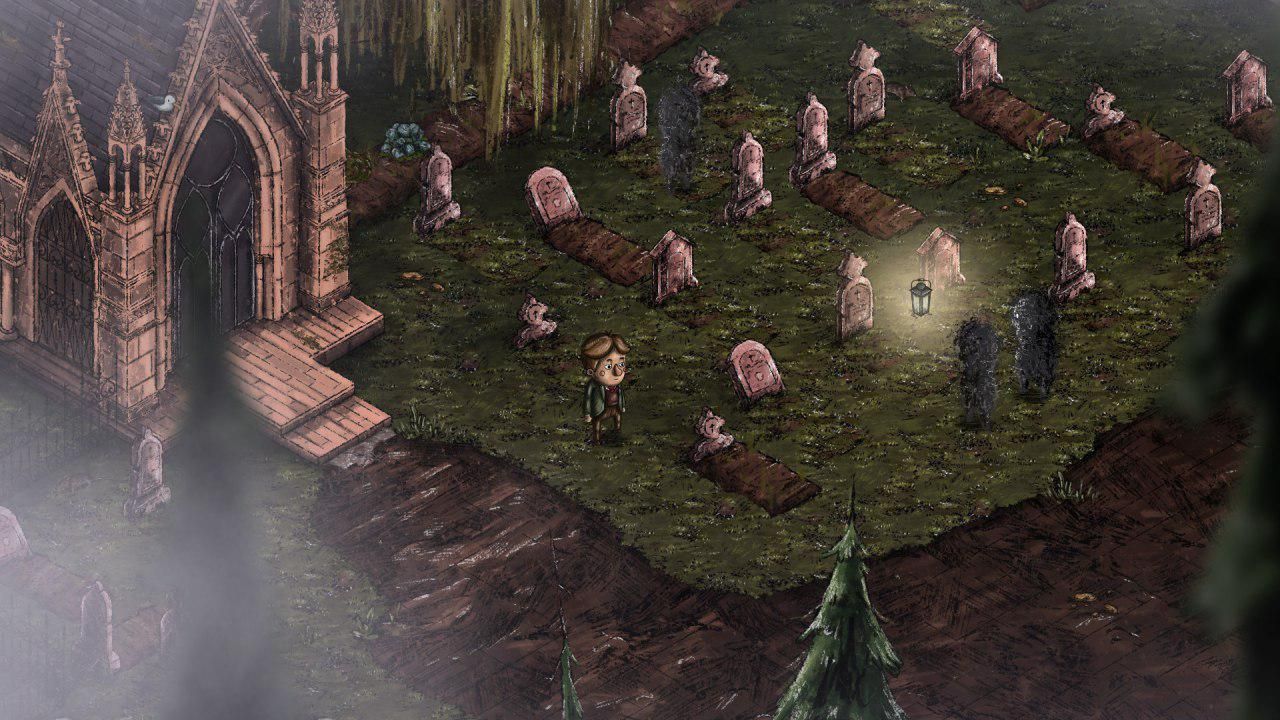
The Clockwork of Doom
Set within a strict 21-day cycle, the game immerses players in a city that continues to live and breathe, regardless of their actions. Each day unfolds in real-time, demanding careful planning and prioritization. Whether choosing to engage in trade, delve into the city's mysteries, or build relationships, time is an ever-present adversary.
Atmosphere of Unease
The city's design draws heavily from Victorian aesthetics, exuding a sense of both charm and dread. Characters range from enigmatic politicians to chain-smoking child anarchists, each contributing to the city's rich tapestry. The absence of combat and puzzles shifts the focus entirely to narrative exploration, enhancing the feeling of unease and existential dread.
Narrative Depth and Divergence
With over 100 narrative events and multiple endings, the game's branching storyline ensures that no two playthroughs are the same. Choices made by the player influence not only the protagonist's fate but also the city's trajectory. This complexity, while enriching, can sometimes lead to moments of ambiguity, challenging players to piece together the overarching narrative.
Exploration Versus Dread
Navigating the city without mini-maps or quest markers forces players to rely on memory and intuition. This design choice amplifies the sense of isolation and heightens the game's atmospheric tension. Every alley and street corner holds potential secrets, making exploration both rewarding and perilous.
Existential Horror Unleashed
The game delves deep into themes of inequality, isolation, and the cosmic horror of a city consuming itself. Inspired by works like H.P. Lovecraft's and Robert W. Chambers' 'The King in Yellow,' it presents a narrative that reflects humanity's insignificance in an indifferent universe.
Image Gallery
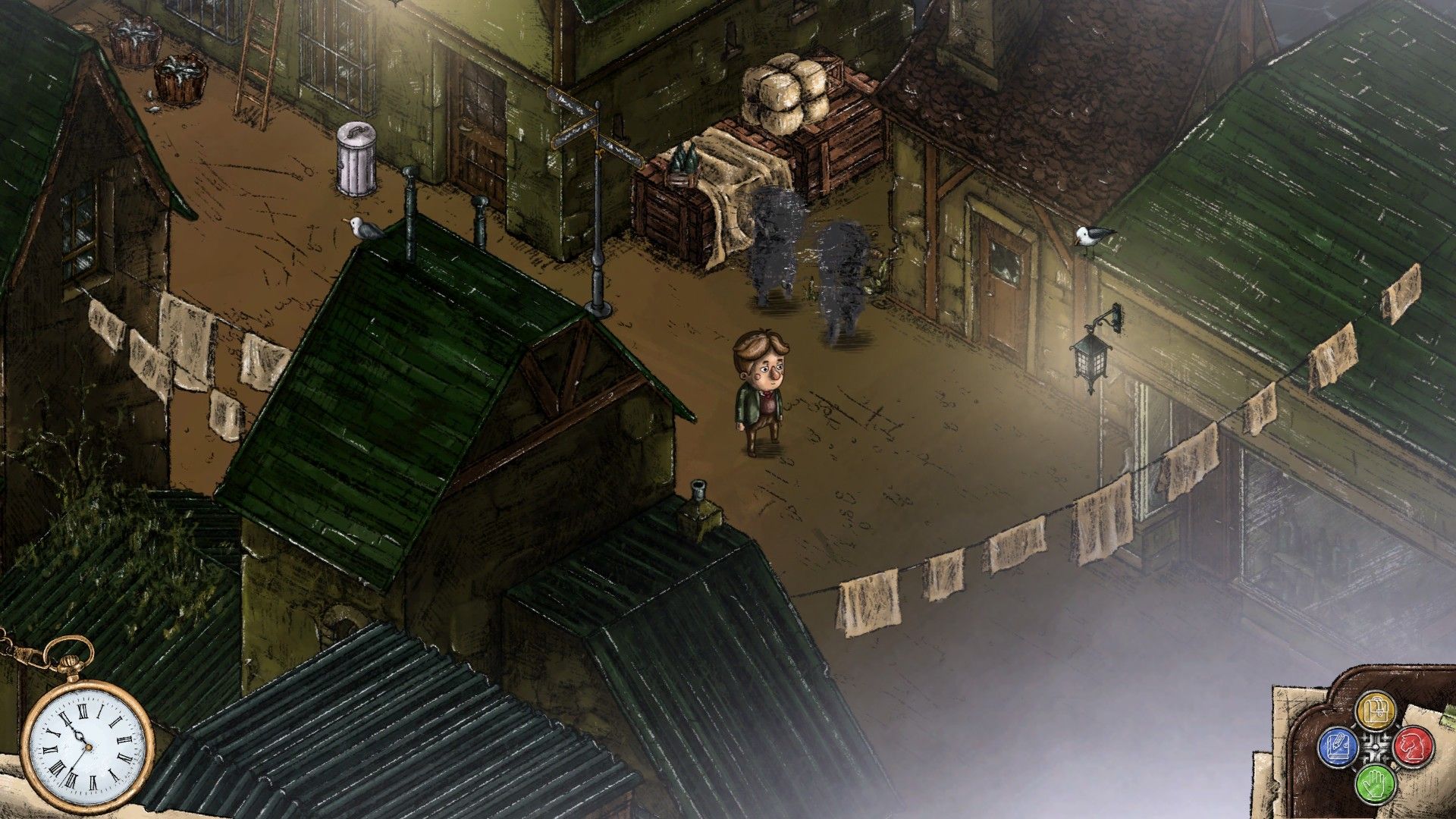
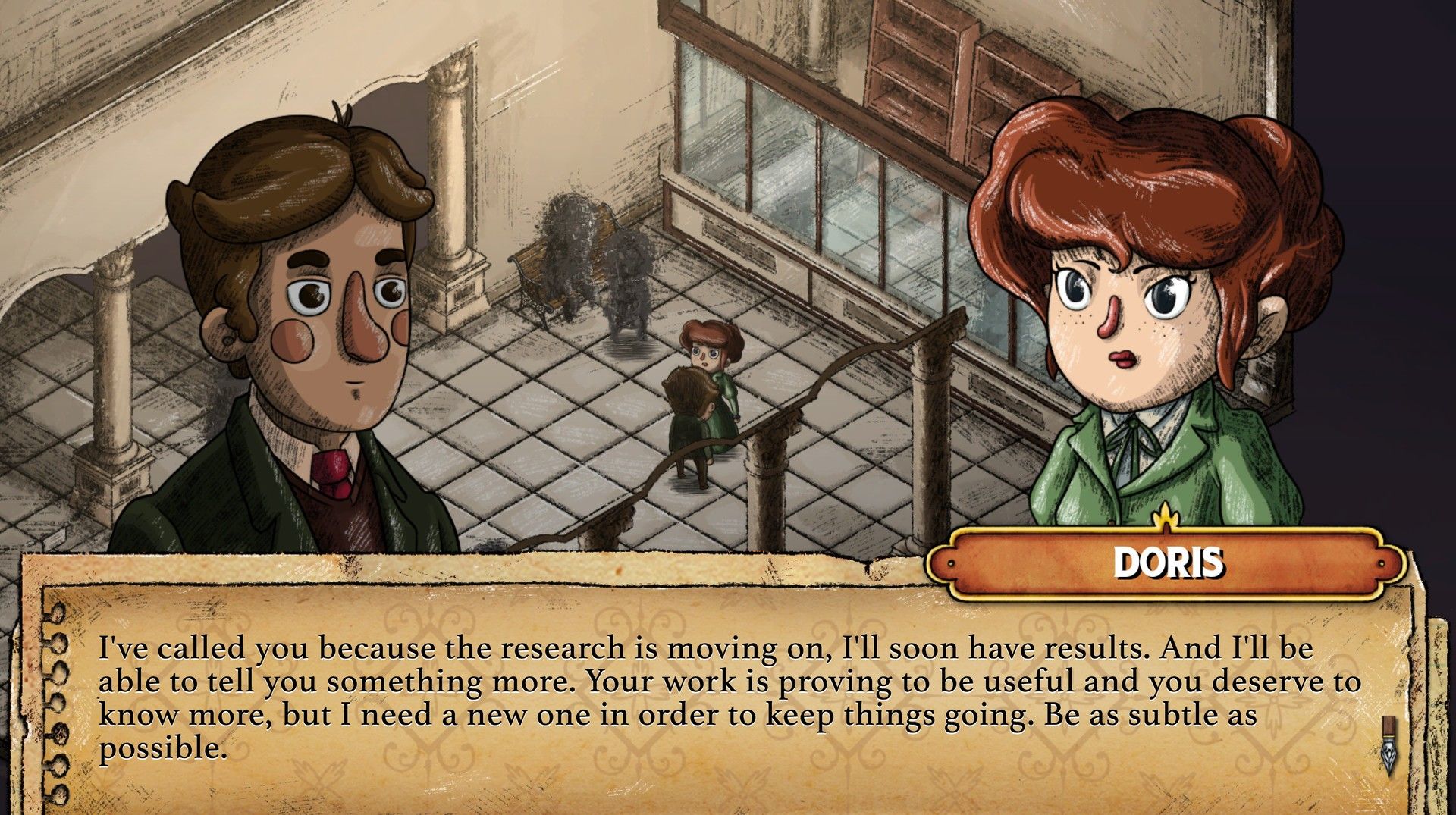

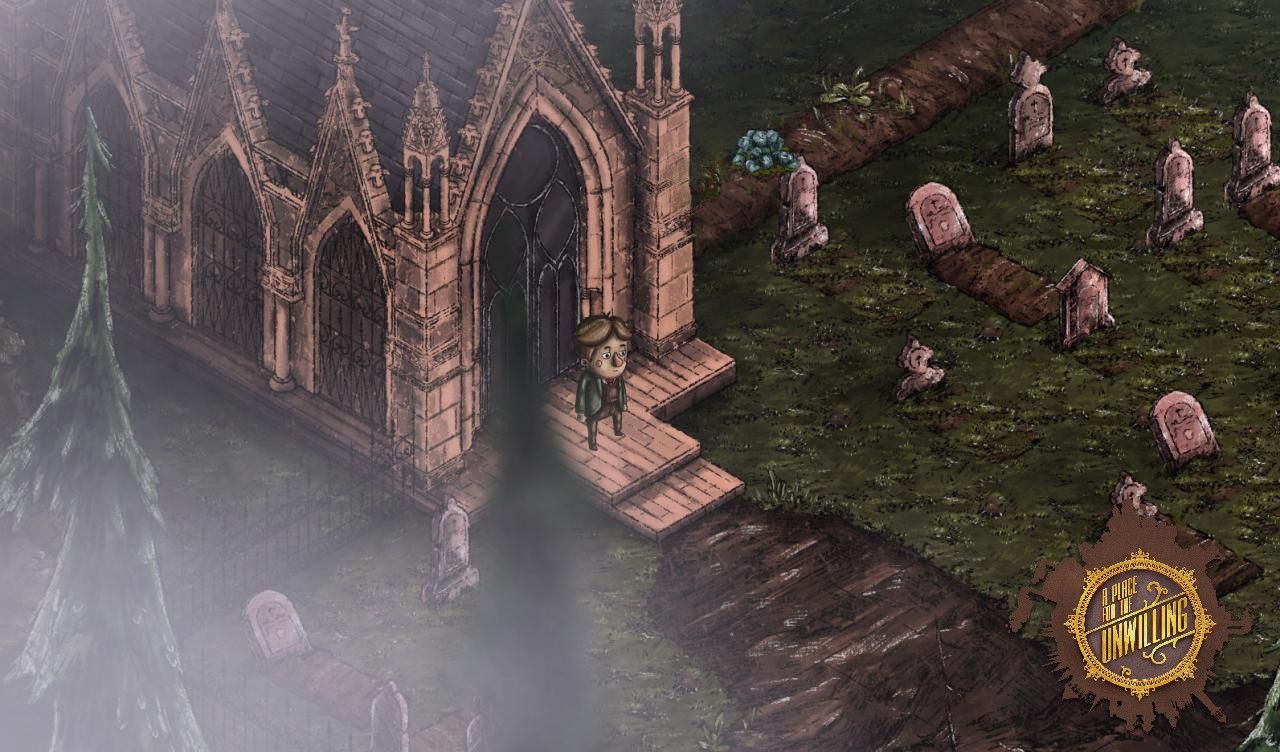
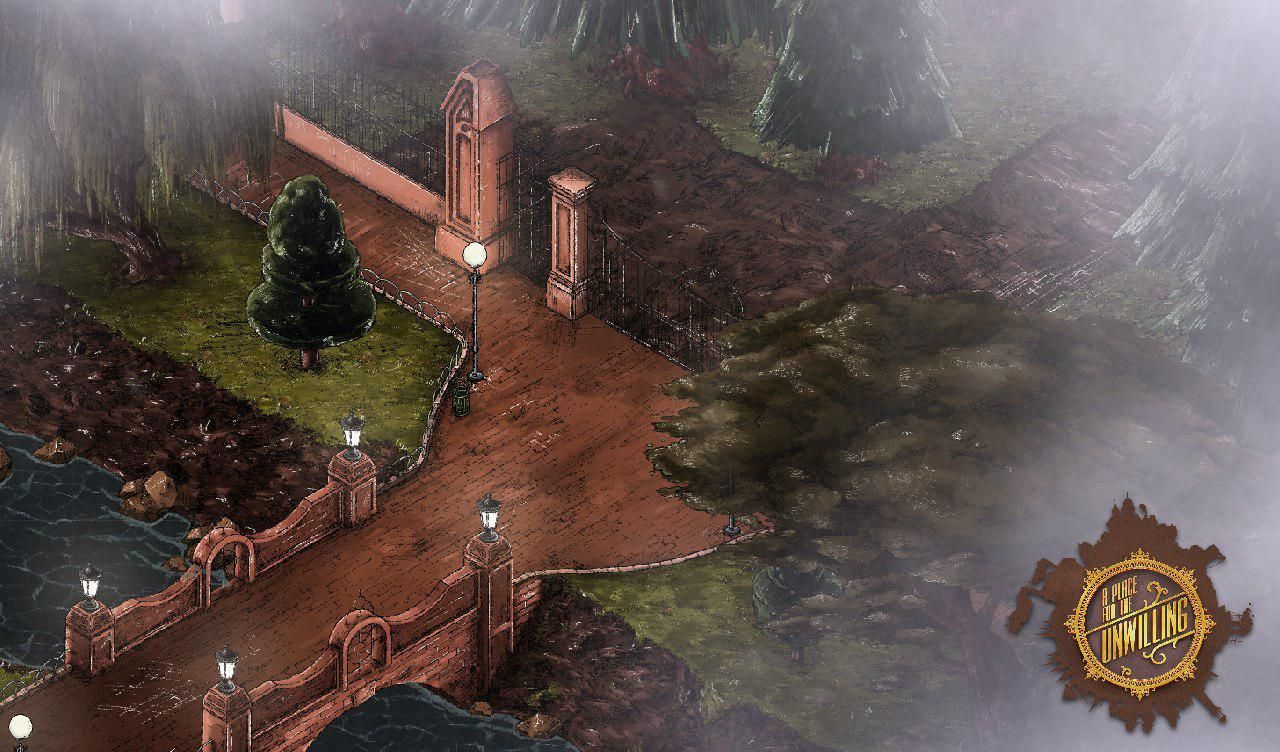
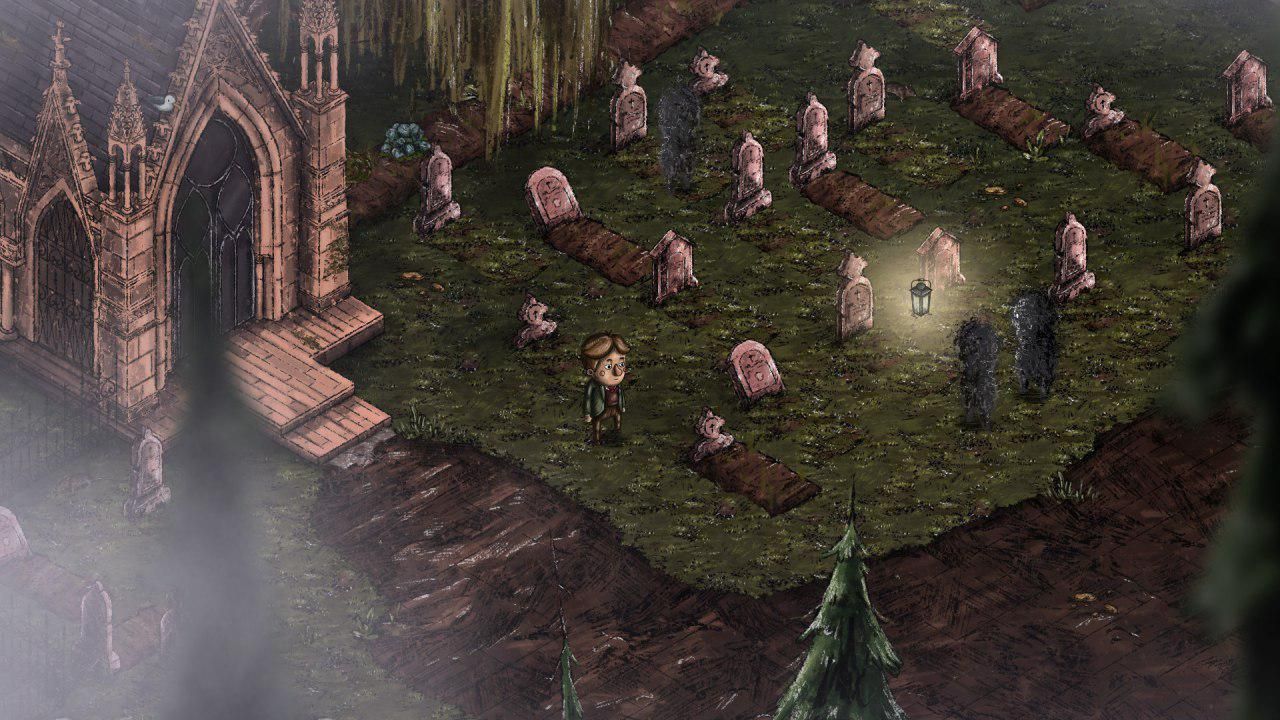
Core Mechanics of A Place for the Unwilling
This is not a game of combat or skill trees — it's a narrative clockwork powered by time, choice, and consequence. Every system reinforces its themes of powerlessness, discovery, and dread.
-
21-Day Time Loop
The game operates on a real-time calendar. Each day, you can explore limited locations and talk to a finite number of characters. Prioritization is key — what you ignore may shape the story more than what you do.
-
Branching Dialogue System
Conversations aren't just flavor — they're narrative levers. Dialogue choices can unlock storylines, cause offense, or even close off future interactions. Your personality becomes your primary tool.
-
Exploration Without Guidance
There’s no minimap, quest log, or waypoints. The game forces you to know the city through memory and experience, making each street and district feel personal and lived-in.
-
Influence Economy
Your social and political clout shifts based on who you align with. Factions and characters react to your presence. Gaining influence opens doors — but loyalty always comes at a cost.
-
No Combat, All Consequence
There is no health bar or fight system. Your choices are your weapons — and their impact lingers. Decisions in conversations and routines shape who lives, who vanishes, and how the city decays.
Survival Tips for the Doomed City
You can’t save everyone. You won’t know everything. These tips won’t guarantee a perfect ending — they’ll help you live with the one you get.
-
Talk to Everyone — Then Talk Again
NPCs often update their dialogue with each passing day. Revisit allies and strangers alike to uncover new threads before they vanish forever.
-
Track the City by Memory, Not Map
The game lacks navigation aids. Build your own mental model of the city’s layout — or take notes. Lost time is the city’s favorite meal.
-
Be Selective With Your Time
You can only do a few things each day. Don’t try to be everywhere — pick a faction, story arc, or mystery and commit to it. Dilution leads to silence.
-
Influence Is Power — But Temporary
Gaining favor with institutions or individuals can open paths — but loyalty can entrap. Sometimes walking away from power is the only way to see the whole truth.
-
Accept That You Will Miss Things
The city is designed to obscure, confuse, and withhold. That’s the point. Embrace the unknown — it’s part of the narrative experience.
Narrative Playstyles That Shape the City
There are no classes in 'A Place for the Unwilling' — only intentions. Your playstyle shapes what the city reveals… and what it swallows.
-
The Social Climber
Focus on building influence with elite NPCs and institutions. Use charm and connections to uncover political plots. High-risk, high-reward — but may blind you to the city’s soul.
-
The Urban Wanderer
Eschew the main plot and simply explore. Follow your curiosity, listen to children, enter every unlocked building. This path uncovers the city’s hidden humanity — and horror.
-
The Mercantile Opportunist
Spend time trading goods between districts. Profit lets you bribe, gift, and unlock events. But economic power isolates — don’t forget to look people in the eye.
-
The Passive Chronicler
Observe but do not interfere. Let the city tell its own tale. This style may miss immediate drama — but you’ll see a clearer picture of how power flows beneath the surface.
-
The Truth-Seeker
Chase conspiracies, shadows, and whispers. This playstyle sacrifices safety for lore — uncovering the existential engine at the city's core. Not for completionists. For those who want to understand what shouldn’t be known.
Cultural & Literary References
A Place for the Unwilling weaves a dense web of influences drawn from Gothic literature, political allegory, and existential philosophy. Its thematic foundation is enriched by classic works that echo through its streets, characters, and unfolding mystery.
-
Lovecraftian Horror and Cosmic Indifference
The game embraces Lovecraftian themes of unknowable forces and existential dread. The city’s slow descent into oblivion, combined with cryptic events and esoteric symbols, mirrors the nihilistic undercurrent in Lovecraft’s tales. Players are powerless in the face of a greater doom, reinforcing the idea of cosmic insignificance.
-
The King in Yellow by Robert W. Chambers
The inclusion of a forbidden play and mysterious theatrical elements in the game directly references 'The King in Yellow,' a foundational work of weird fiction. Just like in Chambers' stories, encountering forbidden knowledge alters the fate of the city and its people, emphasizing the danger of truth in a decaying world.
-
Dickensian Urban Gloom
The visual and narrative atmosphere draws heavily from Charles Dickens’ depictions of Victorian London. The grimy alleys, social disparities, and eccentric characters evoke a world plagued by both industrial-era decay and moral ambiguity, where wealth and poverty clash in every street.
-
Kafkaesque Bureaucracy and Isolation
Players are thrust into a world where rules seem arbitrary, consequences are unclear, and personal agency feels illusionary — a nod to Franz Kafka’s themes of bureaucratic absurdity and alienation. Interacting with city officials and navigating complex social hierarchies often feels like wading through surreal, oppressive systems.
-
Political Allegory and Economic Exploitation
The game critiques late-stage capitalism and social inequality through its trading system, class divisions, and collapsing institutions. This mirrors the allegorical structures found in Orwell’s dystopias and Marxist critiques of labor, where the individual is trapped within exploitative cycles.
-
Symbolist and Expressionist Art Movements
Aesthetically, the game channels the stylized abstraction of late 19th-century Symbolism and early Expressionist art, with distorted proportions and surreal environments reflecting inner turmoil and narrative distortion. These artistic influences reinforce the emotional dissonance of the player's experience.
Final Verdict
A Place for the Unwilling is a masterclass in crafting a rich, atmospheric narrative filled with existential dread. For fans of Lovecraftian horror and narrative-driven experiences, it offers a haunting exploration of choice and consequence. If you relish the dread of unraveling a story that devours you whole, A Place for the Unwilling is your next descent into the abyss.
Strengths
- Rich, atmospheric tension that immerses players in a haunting world.
- Deep, branching narrative offering unique playthroughs and replayability.
- Exploration mechanics that enhance the feeling of dread and isolation.
Weaknesses
- Complex narrative can sometimes obscure clarity, leaving players adrift.
- Absence of traditional gameplay elements might not appeal to all.
Editorial Review

The hidden systems in 'A Place for the Unwilling' are a delight for those who revel in the mechanics of horror. Its design masterfully manipulates player choice, weaving an intricate web of tension and consequence.

This game is a somber reflection on the cost of seeking knowledge. 'A Place for the Unwilling' holds a mirror to our fears, offering a philosophical journey through a city on the brink of oblivion.

Lacking traditional survival mechanics, 'A Place for the Unwilling' focuses instead on narrative optimization. The absence of guidance systems demands precision and careful consideration in every decision.

A tapestry of aesthetic beauty and narrative depth, 'A Place for the Unwilling' enchants and terrifies in equal measure. Its world is a dark fairy tale, inviting players to explore its secrets with a sense of childlike wonder.
You might also like
About the author
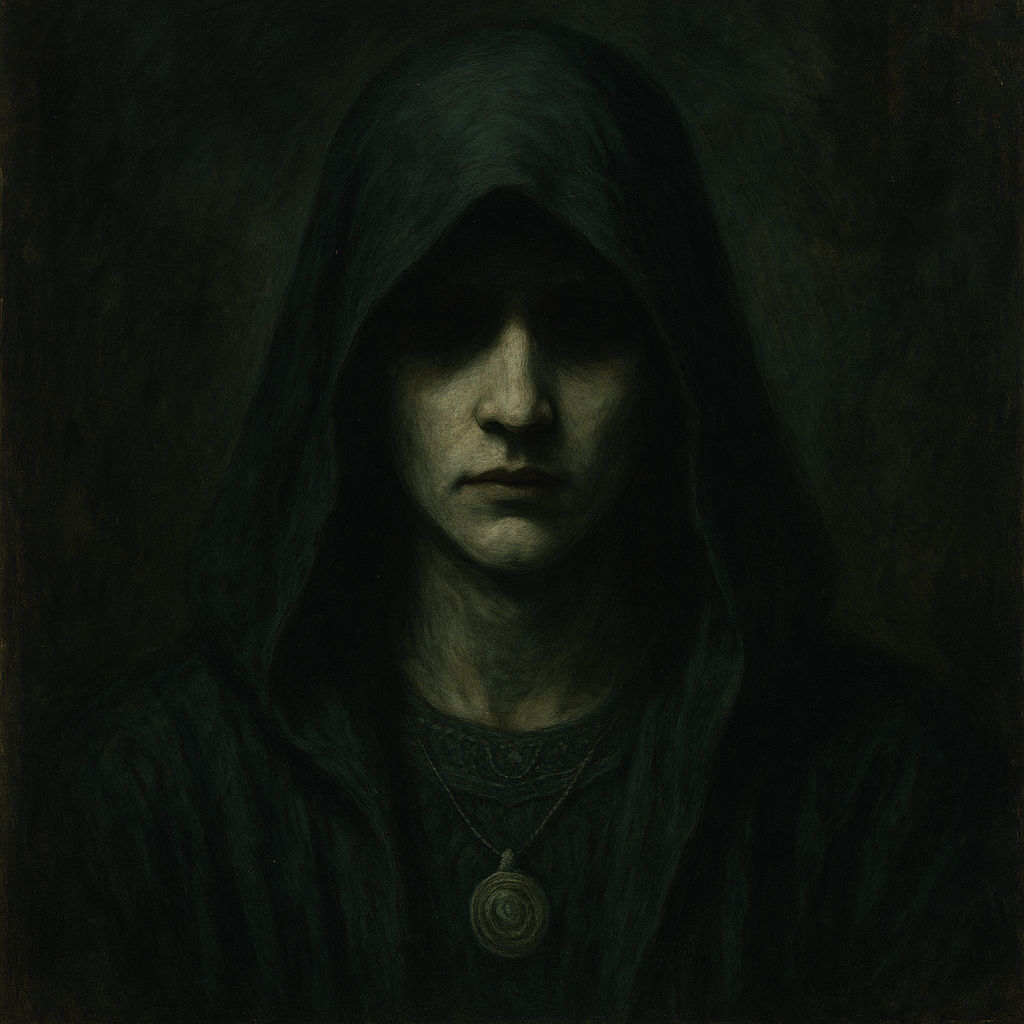
Neith
I’m Neith. I walk the edges of madness and meaning. Stories that disturb, games that whisper — those are my domain.
